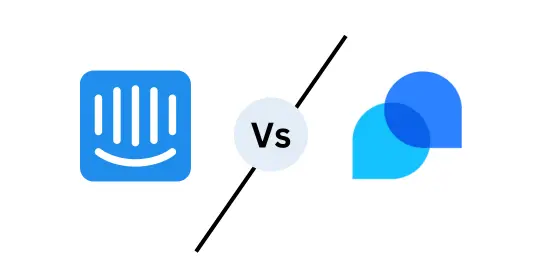Certainly! Below are the step-by-step instructions to integrate the QA pipeline with your development pipeline in GitLab, ensuring that your test scripts are run first and the build stage only proceeds if the tests pass.
Step 1: Create or Modify .gitlab-ci.yml File
- njnouAccess Your Repository:
- Go to your GitLab project repository.
- Create or Edit
.gitlab-ci.yml:- If you don't already have a
.gitlab-ci.ymlfile, create one in the root directory of your project. - If the file already exists, edit it.
- If you don't already have a
Step 2: Define Pipeline Stages.
In the .gitlab-ci.yml file, you'll define the stages of your pipeline. In this case, the stages will be QA (to run your tests) and Build (to build the app after the tests pass).
stages:
- qa
- build
Step 3: Set Up the QA Stage
The QA stage will run the test scripts, such as unit tests, integration tests, or end-to-end tests.
- Create a job for the QA pipeline: Add the following job definition to the
.gitlab-ci.ymlfile to run your tests.
qa_tests:
stage: qa
script:
- npm install # Install dependencies
- npm test # Run your test scripts
allow_failure: false # Ensure the pipeline stops if tests fail
allow_failure: falseensures that the pipeline will stop if the QA tests fail, and the build will not proceed.Citations:
- https://byjus.com/gate/difference-between-put-and-patch-request/
- https://www.servicenow.com/community/developer-forum/difference-between-put-and-patch-rest-api-methods/m-p/2961076
- https://stackoverflow.com/questions/21660791/what-is-the-main-difference-between-patch-and-put-request
- https://www.abstractapi.com/guides/other/put-vs-patch
- https://www.youtube.com/watch?v=l_i9LQJcgX8
- https://testbook.com/key-differences/difference-between-put-and-patch-request
- Answer from Perplexity: pplx.ai/share


